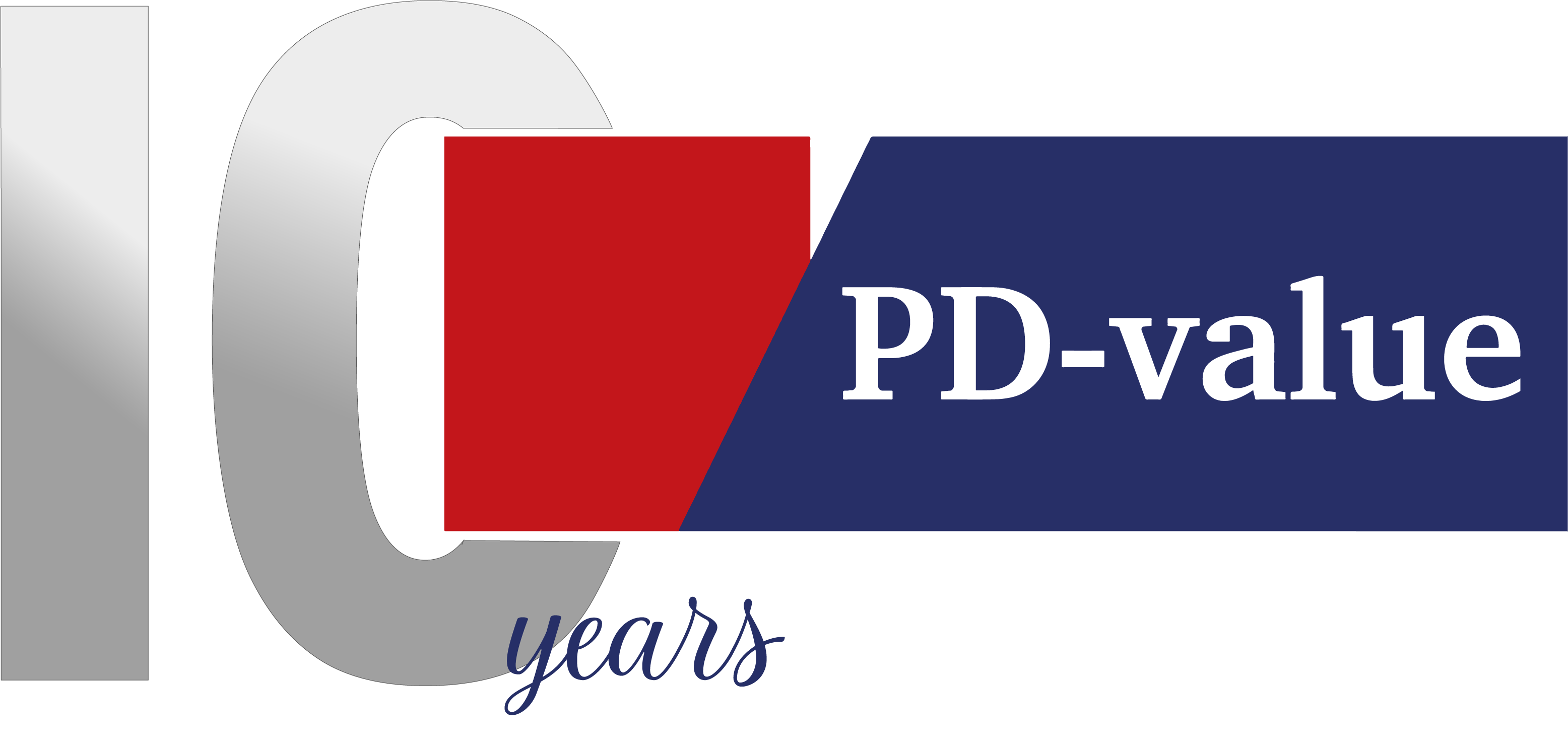We continue to explore the opportunities opening up with the systems approaches in drug development in our blog series. The next two blogs will be specifically dedicated to dosing as it is a crucial aspect of drug development, and recently we have seen some regulatory developments on the topic, mostly coming from the FDA.

I think it is good to briefly talk about the current dosing studies in drug development, and then we will try to give perspective on a very valid question: “Do we really need to improve dosing studies in the oncology space?”
Protocols for identifying the dosage have been established and are recognized by the authorities. Leaving the regulatory issues for the next blog, I want to focus on the scientific aspect of the current practices. Simply put, the usual recommended dose, dosage regimen, and dosage range need to be identified during the development process, along with recommended starting dose, titration regimen, treatment period, and duration (or rate) of infusion, if applicable. A lot of the outcomes from the early development and clinical development play a role in identifying these. Randomized dose-ranging trials are performed to evaluate how different doses impact efficacy, adverse events and toxicity in about every disease field, except oncology. Drug-response analysis, regression models and pharmacometrics models are the most frequently used analytical tools in dose determination.
In oncology, empirical paradigms, such as Maximum Tolerated Dose (MTD), have been and still are frequently used by drug developers. MTD is a practical approach to identifying the highest dose that can be administered without causing life-threatening side effects. Therefore, in itself, it is not an invalid or unreasonable method. However, MTD stems from identifying dose in cytotoxic oncology drugs where the drug aims of killing all rapidly dividing cells. Therefore, by administering high doses of the drug, you would hypothetically have a better chance of killing more cancer cells. As a result, higher doses are believed to have higher therapeutic value. This property of classical cytotoxic oncolytic drugs contrasts with more recent targeted oncology drugs. There is usually no additional therapeutic value in overly high dosing for the targeted oncology drugs, beyond levels that saturate the target or its response. The process of identifying MTD involves administering high doses of the drug in first-in-human (FIH) trials exposing the subjects to potentially unnecessary toxicity when employing MTD for targeted oncology drug development. Therefore, the method is getting more and more criticism from the scientific community and starting to fall short of the expectations of the authorities. In addition, the targeted oncology drugs are used for longer periods compared to cytotoxic drugs. Then, the patients are exposed to unnecessary toxicity for even longer periods. Although one can see the benefits of MTD as a fast approach where bringing new cancer drugs rapidly to the patients is highly desirable, there is a need to improve how we determine the dose in the new era of oncology drug development. Therefore, the dose-response analysis we see in every other therapeutic field and, in my opinion, systems approaches become more relevant and applicable than MTD.
With current systems approaches, it is possible to test drug targets prior to drug optimization and investigate dosage and dosing regimen prior to animal and clinical studies. Systems approaches present tremendous opportunities for understanding and establishing intracellular toxicity pathways. Chemical perturbation to toxicity pathways, the resulting dose-response, and cellular toxicity can be understood through developing an understanding of nonlinear behaviors of the structures of and quantitative interactions in the network motifs and their associated signaling dynamics by employing systems approaches (Zhang et al., 2010). I find it particularly valuable when we combine systems biology approaches with pharmacometrics and translational pharmacological modeling approaches for the dosing and drug regimen identification purposes. Then, vested with the outcomes of these model-informed analyses, dose selection can be made without going into MTD. The integration of the models poses unique challenges and requires a specific set of skills and not all the models can be integrated. Here at PD-value, we find it exciting to work on these projects where we cross boundaries of different types of modeling approaches.
I will talk about FDA’s Project Optimus focusing on dose optimization and dose selection in oncology in my next blog finishing the dedicated blogs on dosing. I hope you enjoy these blogs where we scratch the surface (in my mind, over coffee). Follow us for more blog posts like this one and news about us and our field. If you are a pharmaceutical industry researcher who wants to learn more about systems biology, systems pharmacology and their implementation in (pre-)clinical studies, Click Here to email us to get a consultation.
References
https://www.ncbi.nlm.nih.gov/pmc/articles/PMC5529745/pdf/PSP4-6-418.pdf
https://www.fda.gov/
https://doi.org/10.1080/10937404.2010.483943
14 September 2022 – Basak Tektemur-Altay
